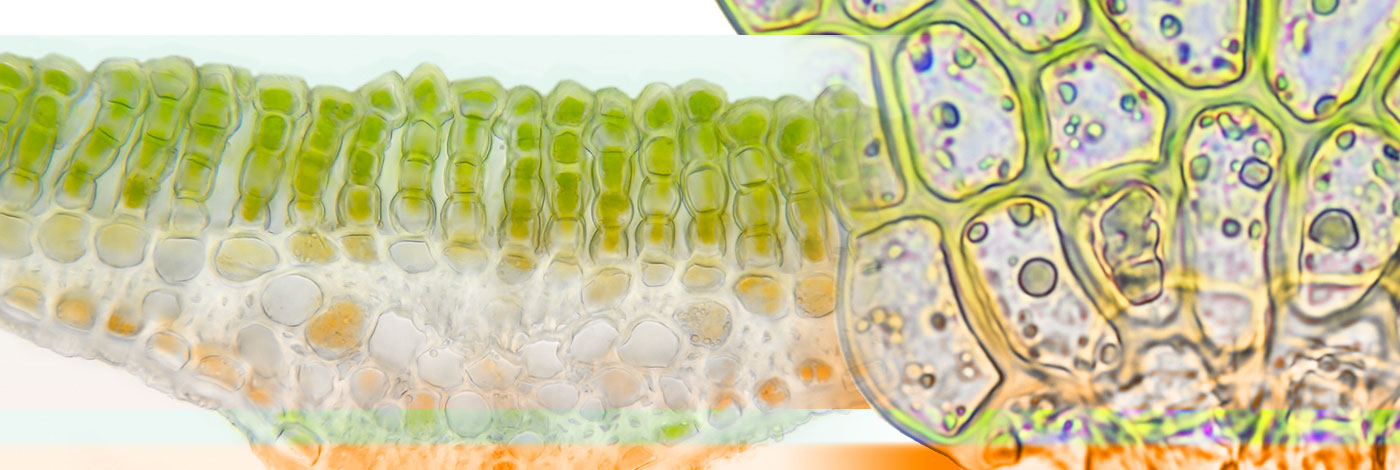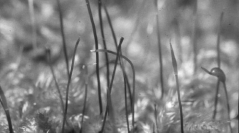

 Cryptogamie, Bryologie
27 (1) - Pages 191-203
Cryptogamie, Bryologie
27 (1) - Pages 191-203This paper reviews briefly some possible defenses available to bryophytes and provides experimental evidence that suggests the role of phenolic compounds and toughness in defense. It indicates that in some cases toughness or nutrition may outweigh phenolic deterrents in determining what invertebrates eat. When given, apparently, only phenolic content as a difference between two populations of Fontinalis antipyretica, the aquatic isopod Asellus militaris selected the plants with the lower phenolic content. Presence of higher concentrations of phenolic compounds in shade plants than in sun plants contradicts the Carbon/Nutrient Balance hypothesis and suggests that slow-growing bryophytes may differ from tracheophytes in producing defenses rather than other carbon compounds. This review indicates that bryophytes may exhibit multiple means of feeding deterrency and that further study is needed.